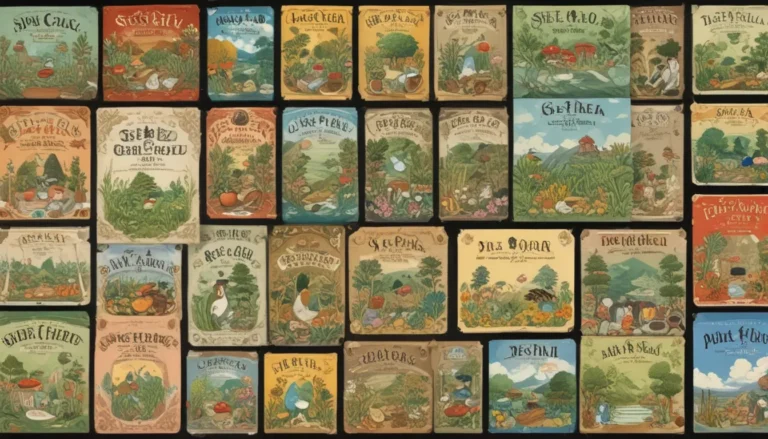A Comprehensive Guide to Growing ‘Dwarf Grey’ Snow Peas

If you’re looking for a delightful cool-season vegetable to add to your home garden, the ‘Dwarf Grey’ snow pea is a fantastic choice. This variety of Pisum sativum is known for its flat, green pods, sweet pea shoots, and edible pink and violet blooms.
Why Choose ‘Dwarf Grey’ Peas?
- The plants are compact and perfect for small gardens or containers.
- They reach harvestable size early in the spring and continue producing late into the autumn.
- Ideal for Asian dishes and culinary experimentation.
From sowing to harvest, growing ‘Dwarf Grey’ snow peas is a rewarding experience. Below, you’ll find comprehensive information to help you successfully cultivate this delightful legume in your own backyard.
Understanding ‘Dwarf Grey’ Peas
The ‘Dwarf Grey’ snow pea is a small-but-mighty variety that produces flat, green pods in just 57 to 65 days from sowing. It belongs to the Pisum sativum species, known for its ability to draw nitrogen from the air and fix it into the soil through root nodules.
The history of snow peas dates back to the 1500s, and the ‘Dwarf Grey’ cultivar officially debuted in 1881 thanks to D. M. Ferry & Co.
Planting Tips
When planting ‘Dwarf Grey’ peas, sow seeds directly into the garden in early spring, six to eight weeks before the last frost date. Opt for well-draining soil with a pH of 6.5 to 6.8 for optimal growth.
Inoculate your seeds before planting to enhance their ability to fix nitrogen in the soil. Press firmly on the soil after sowing, ensuring good seed-to-soil contact. Water thoroughly and keep the soil moist until the seeds sprout, usually within seven to 14 days.
For microgreen production, sow seeds half an inch apart in a shallow dish of potting mix, ensuring high yields of pea shoots in just 10 days.
Cultivation Tips
For successful growth, ensure your ‘Dwarf Grey’ peas receive full sun and well-draining soil. Avoid temperatures above 85°F, as this can hinder growth and pod production.
Mulching is beneficial for weed suppression and moisture retention. Pruning vine tips can encourage branching and more significant harvests. ‘Dwarf Grey’ peas rarely require additional fertilizers and watering, making them low-maintenance for gardeners.
Where to Get Seeds
When looking to purchase ‘Dwarf Grey’ pea seeds, consider sources like Eden Brothers or True Leaf Market. Choose seed quantities based on your gardening goals, whether for microgreens, full-size plants, or freezing for future use.
Managing Pests and Diseases
Prevent fungal infections like bean rust by avoiding wet foliage and practicing crop rotation. Protect seedlings from herbivores by using row covers or bird netting. Monitor for common pests like aphids and take appropriate measures for prevention and control.
Stay informed on pest and disease management strategies to ensure your ‘Dwarf Grey’ peas remain healthy throughout the growing season.
Harvesting and Storage
Harvest pea shoots once the plants reach at least four inches tall, leaving behind a pair of true leaves for continued growth. Regular snipping encourages continuous shoot production. Harvest snow pea pods when bright green and two to two-and-a-half inches long to ensure peak flavor and texture.
To store shoots, blooms, or pods, follow proper refrigeration methods to maintain freshness for several days. Freezing is an excellent preservation method for snow pea pods, ensuring they retain their quality for future use.
Recipe Inspirations
From salads to stir-fries, there are numerous ways to enjoy the harvest of ‘Dwarf Grey’ snow peas. Experiment with incorporating shoots, blooms, and pods into various dishes to enhance flavors and textures.
Follow cooking guidelines to ensure optimal preparation of snow pea pods, preventing them from becoming mushy or overcooked. Consider blanching or quick cooking methods to retain their vibrant green color and crisp texture.
Conclusion
Growing ‘Dwarf Grey’ snow peas can be a delightful addition to your gardening experience, providing fresh, flavorful produce for culinary creations. By following these tips and guidelines, you can cultivate a bountiful harvest of peas throughout the growing season.
Are you ready to embark on your ‘Dwarf Grey’ pea growing journey? Share your thoughts or questions in the comments below, and let’s explore the world of legume gardening together!
For more pea-growing advice and inspiration, check out our guides on planting and growing peas, Oregon Sugar Pod peas, and all about edible pod peas.
Remember, with the right knowledge and care, you can enjoy a successful ‘Dwarf Grey’ pea harvest in your own backyard. Happy gardening!





